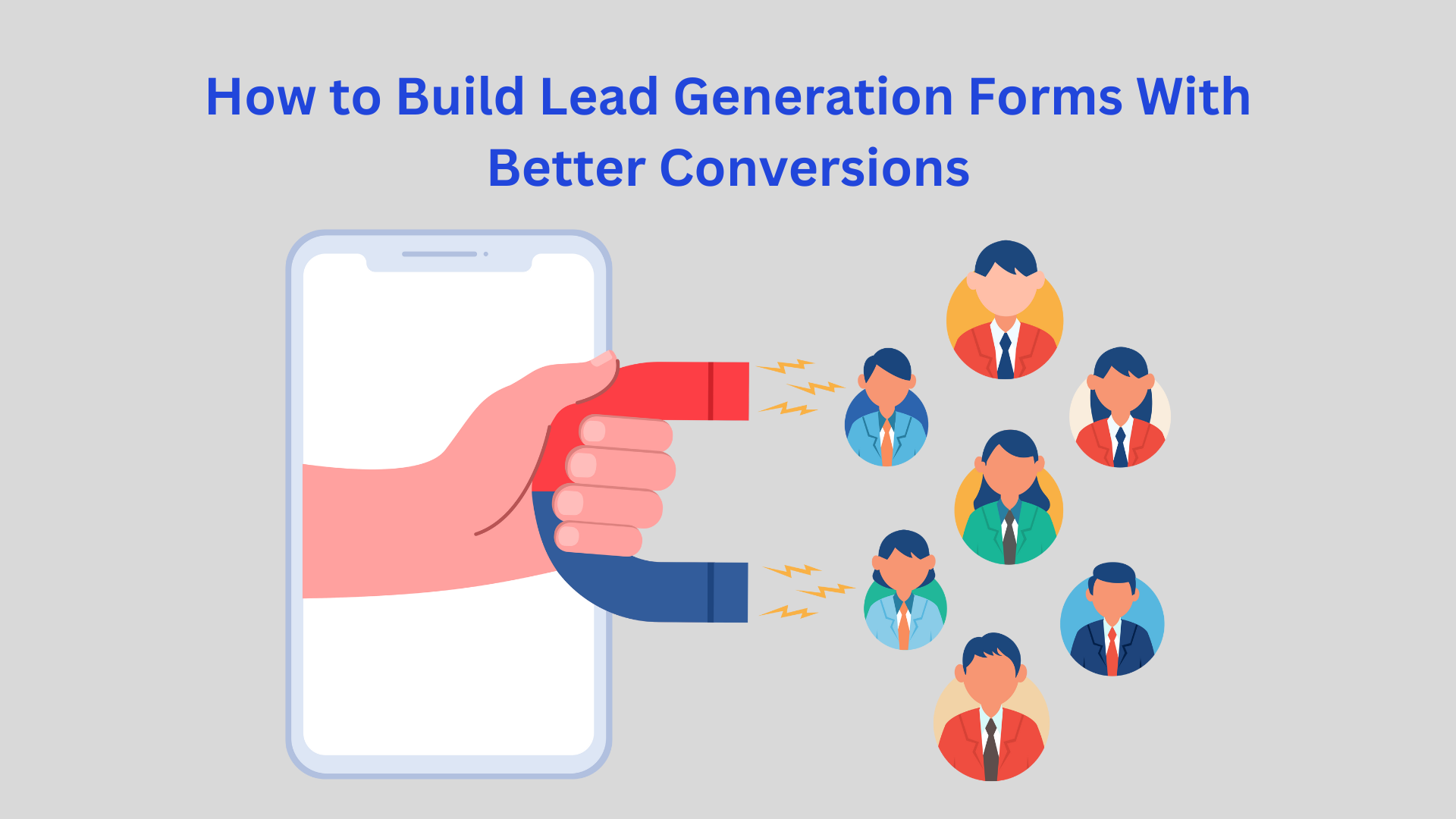How to Optimize Online Forms for Auto Dealerships

Introduction
In the digital era, with the market fast changing to suit online transactions and digital communication, car dealers must also shape their businesses to fit within these transitions. A major part of this preparation revolves around general enhancement in online form performance.
As it turns out, online forms are not merely forms for the collection of information but rather the very first step of the journey for the customer and one strong element in user engagement and the ratio of conversion.
This article digs further into a few of the effective strategies that the car dealership industry should implement to improve the effectiveness of online forms and hence result in more leads and, therefore, sales.
Understanding the Basics
But before we really get to the strategies to optimize a form, it's important to understand why online forms are so important to the automotive dealer. Such forms are the main tool a customer can interact with online, be it in terms of scheduling a test drive, asking for more information about a car, or even asking for financing quotes. Effectiveness and efficiency of these forms, in this view, directly determine conversion and customer satisfaction.
This implies that for car dealerships that would like to view available car models and options, including taking part in car auctions, sites like abetter.bid/locations/usa/ct give comprehensive information and access to thousands of car listings in all the states and specifically Connecticut.
Additionally, many dealerships are now incorporating online forms for customers to reserve parking spaces when visiting the lot, ensuring a smooth and convenient experience from the moment they arrive.
Making the user experience better
Online forms perform better with good UX in design. This way, if the form can be simplified and very brief with only vital information, frustration and rates of abandonment are lessened. For instance, dealerships can utilize progressive disclosure techniques instead of being forced to require that users fill out long forms incrementally to request information based on the user's past responses.
Make Responsive
The increasing number of users who access any website through a mobile device calls for online form designs to be optimized for mobile platforms. Responsive design makes forms usable from desktops to smartphones. This implies that the form layouts, button sizes, and input fields vary in size to fit easily in the navigation of a small screen.
Speed and performance
That means for every fraction of a second that page takes too long to load, a potential customer is lost. If the forms take ages to load, the bounce rate will be high. Forms need to load fast and that can be achieved if the images are optimized, server response time is low, and hosting solutions are faster. Using AJAX to submit the form data without a page refresh can make it look even faster and more effective to the.
Security and Confidence
Security is a really critical concern of an online user, mostly for sites requiring personal or financial information. SSL certificates are applied to assure that data transmitted from forms is encrypted, which is one way to gain the trust of users on their data security. Further to this, the visibility of security badges and privacy policies can go a long way toward making sure a user's data is held securely.
A/B Testing
One such measure that proves effective in developing online form performance is A/B testing. This is a test between two forms to see which works better. For instance, the testing of various form elements, ranging from the placement of fields and submit button text, to color schemes, could be very enlightening regarding what people prefer and what works best for them.
Use of Artificial Intelligence
AI can significantly boost the performance of online forms. AI technologies can guide a user by delivering real-time answers to queries and taking care of any objections or concerns. This not only provides a boost to user experience but also increases the chances of form completion and conversion.
Conclusion
Optimization for the best online form performance does not mean just another technical feature to be added on the site but the development of customer journeys from interest to sale. Better practices in online forms for car dealerships equal exponentially higher rates of lead generation and customer satisfaction.
Attention to detail in the areas of user experience, mobile optimization, speed, and security, enhanced by the advantages of working with the latest AI technologies, will help a dealership be well ahead in the race. This adds up to a lot of testing and continuous improvement based on data and user feedback for sustained success in online form performance.







